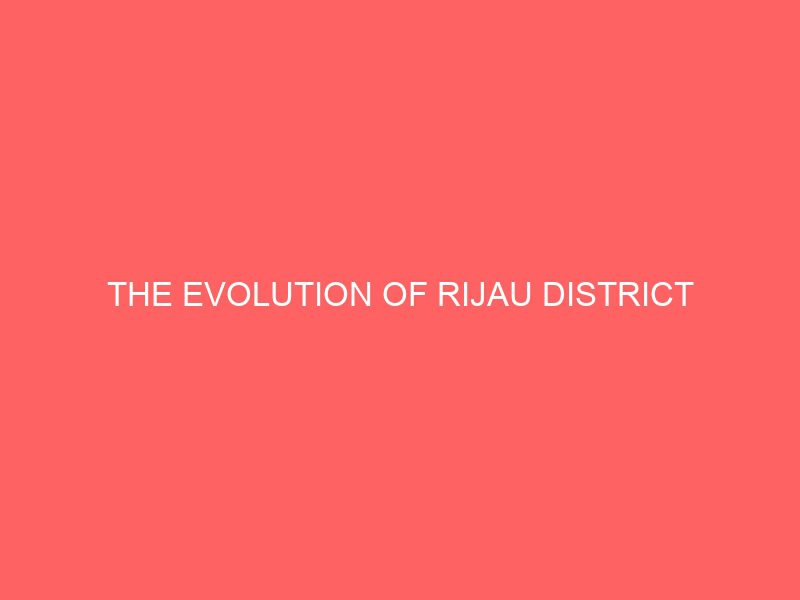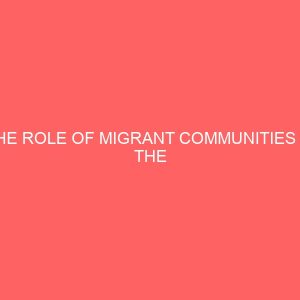Description
CHAPTER ONE
GENERAL INTRODUCTION
1.0 Introduction
The present Rijau is not what it used to be. At present, there are a lots of development in terms of diversified languages, land, infrastructure, roads hospital, schools, electricity etc. in the town.
Before the coming of immigrants, Rijau was known to be one single compound with various household units within it. It was located on top of a hill called “Ratayagiwa”. The compound is said to be founded by a tribe called ‘Dukawa”.
Adamu claims that, in a Dukawa society, tradition belief that eldest man in the family unit is regarded as a head of the family. This shows that there has been somebody who is recognized as a ruler1. Danmasani observed the development of political system in Rijauland. However, the political development came as a result of the coming of Muhammadu Sambo from Yautumaki, in Katsina State. Sambo who obtained a flag from Uthman. Danfodio established a political administration in the area. Until the period of the British colonial rule in 1914 that the traditional political institution was serious affected in the area. But the independence of Nigeria in 1960 came with a new transformation on both political and socio-economic aspects2.
Finally, in 1976, the establishment of Rijau Magama Local Government led to the rapid development. In 1991 Rijau local Government was created under the Banagida regimes. As a result, other developments sprang up most of which include establishment of schools, health centre constructions of roads, electricity, pipe borne water and others3
1.1 Significance of the Study
It is worthwhile to investigate and study the evolution of Rijau District. This will make readers have clear understanding of the beginning and the development of political system as well as the socio-economic activities of Rijau people.
The study is of great importance to the entire community. This project can also be a guide to those who go on with similar topic in their researches.
1.2 Aim and Objectives of the Study
The aims and objectives of this study is:
1. To acknowledge the people with the earlier development of Rijau political system.
2. To understand the factors that led to the political and socio-economic changes in the area.








